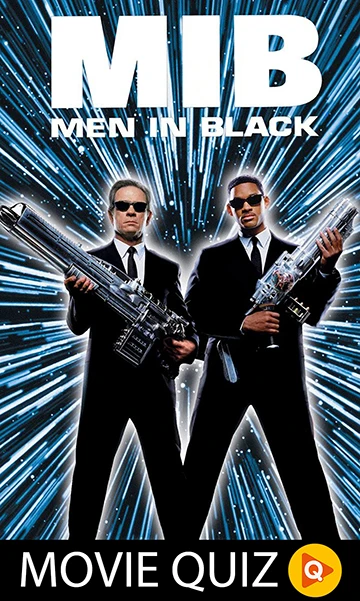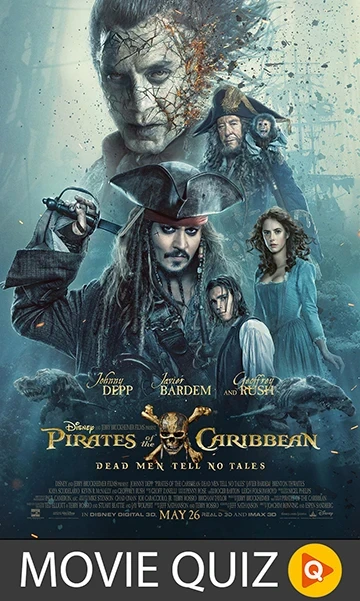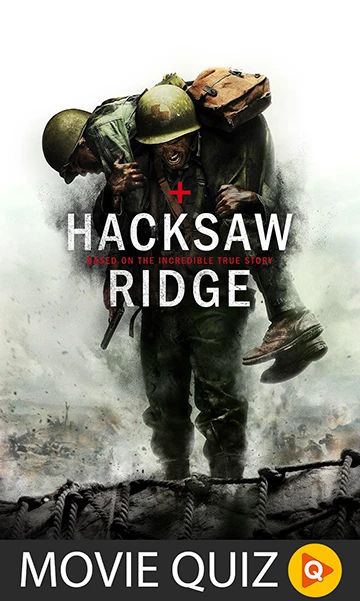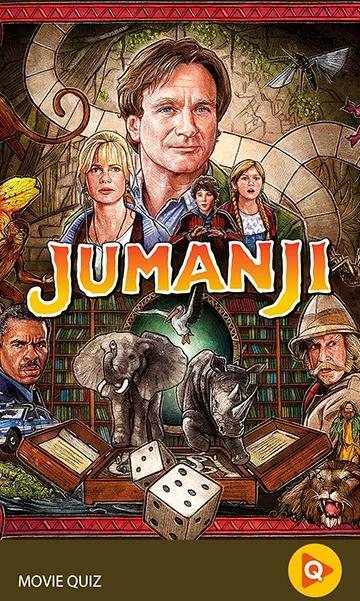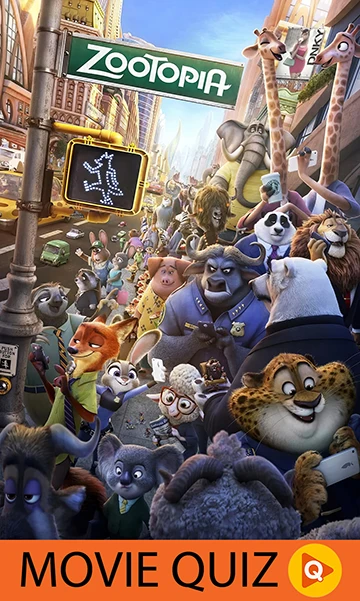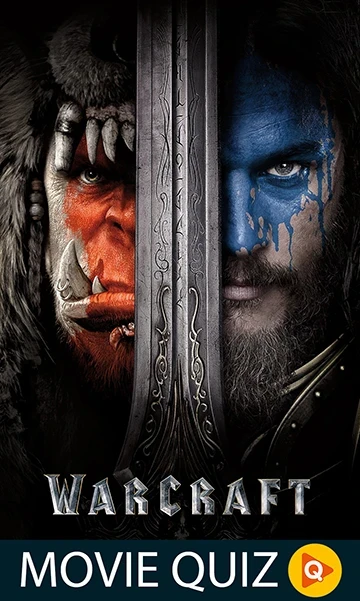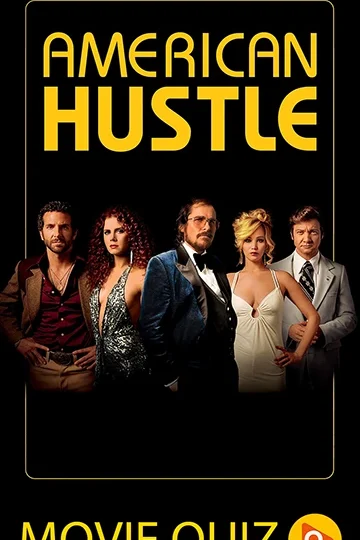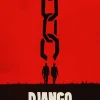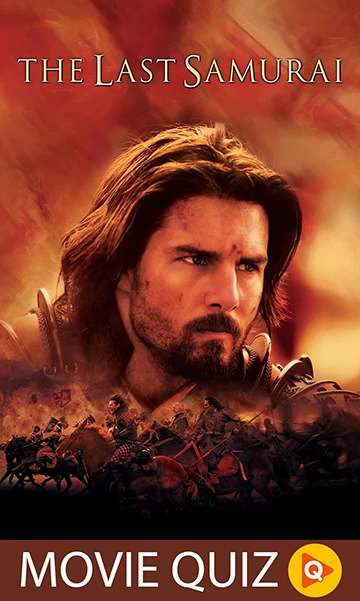
Step into the world of honor, tradition, and warfare with The Last Samurai (2003) — an epic historical drama directed by Edward Zwick. Starring Tom Cruise as Captain Nathan Algren, the film tells the story of a disillusioned American soldier who finds purpose and redemption among a group of samurai fighting to preserve their way of life in rapidly modernizing Japan.
Think you can recall every battle, cultural lesson, and emotional moment from this sweeping epic? Test your knowledge with our 10-question trivia quiz. Only true fans of this unforgettable film will achieve a perfect score!
The Last Samurai (2003) Trivia Questions & Answers
- Who directed The Last Samurai (2003)?
Correct Answer: Edward Zwick
Edward Zwick directed The Last Samurai, known for his work on other epic and character-driven films like Glory and Blood Diamond. Zwick’s direction brought authenticity and emotional depth to the story, blending action, historical context, and human drama.
- Which actor plays Captain Nathan Algren in the film?
Correct Answer: Tom Cruise
Tom Cruise stars as Captain Nathan Algren, a disillusioned American military officer haunted by his past. Cruise’s performance captures Algren’s journey from a broken man to a warrior who finds peace and purpose among the samurai.
- What is the profession of Nathan Algren at the beginning of the film?
Correct Answer: American military officer
At the start of the film, Algren is a former U.S. Army captain who served in the Indian Wars. He is hired by the Japanese government to train its modern army in Western warfare techniques, setting the stage for his immersion into samurai culture.
- In which country is The Last Samurai primarily set?
Correct Answer: Japan
The story unfolds in Japan during the 1870s, a period of rapid modernization and Westernization under Emperor Meiji. The film contrasts the traditional samurai way of life with the encroaching influence of Western technology and values.
- Who is the leader of the samurai rebellion in the film?
Correct Answer: Katsumoto
Katsumoto, portrayed by Ken Watanabe, is the noble and honorable leader of the samurai rebellion. His character is inspired by real-life samurai Saigō Takamori. Katsumoto’s relationship with Algren forms the emotional heart of the film, highlighting themes of respect, loyalty, and cultural preservation.
- What is the name of the Japanese emperor in the film?
Correct Answer: Emperor Meiji
Emperor Meiji is the ruler of Japan during this transformative period. The film portrays him as a young, impressionable leader torn between embracing modernization and honoring Japan’s traditional values. His ultimate decision reflects the film’s central conflict.
- What does Nathan Algren struggle with at the start of the film?
Correct Answer: Alcoholism and PTSD
Haunted by his experiences in the Indian Wars and the atrocities he committed, Algren suffers from alcoholism and post-traumatic stress disorder. His inner turmoil is a key element of his character’s arc, leading to his eventual redemption through his time with the samurai.
- What modern weaponry do the imperial forces use against the samurai?
Correct Answer: Gatling guns
The imperial forces deploy Gatling guns and other advanced firearms against the samurai in the film’s climactic battle. This brutal contrast between modern weaponry and traditional swordsmanship symbolizes the cultural shift occurring in Japan at the time.
- What is one of the main themes of The Last Samurai?
Correct Answer: Honor and cultural identity
The film explores themes of honor, tradition, and cultural identity. It examines the conflict between modernity and tradition, as well as the personal redemption found in embracing values such as loyalty, bravery, and respect for one’s way of life.
- What happens to Katsumoto at the end of the film?
Correct Answer: He dies in battle
Katsumoto chooses to die honorably in battle rather than surrender to the imperial forces. His death is both tragic and heroic, underscoring the samurai code of bushido and leaving a lasting impact on Emperor Meiji, who is inspired to reconsider the direction of his modernization efforts.
